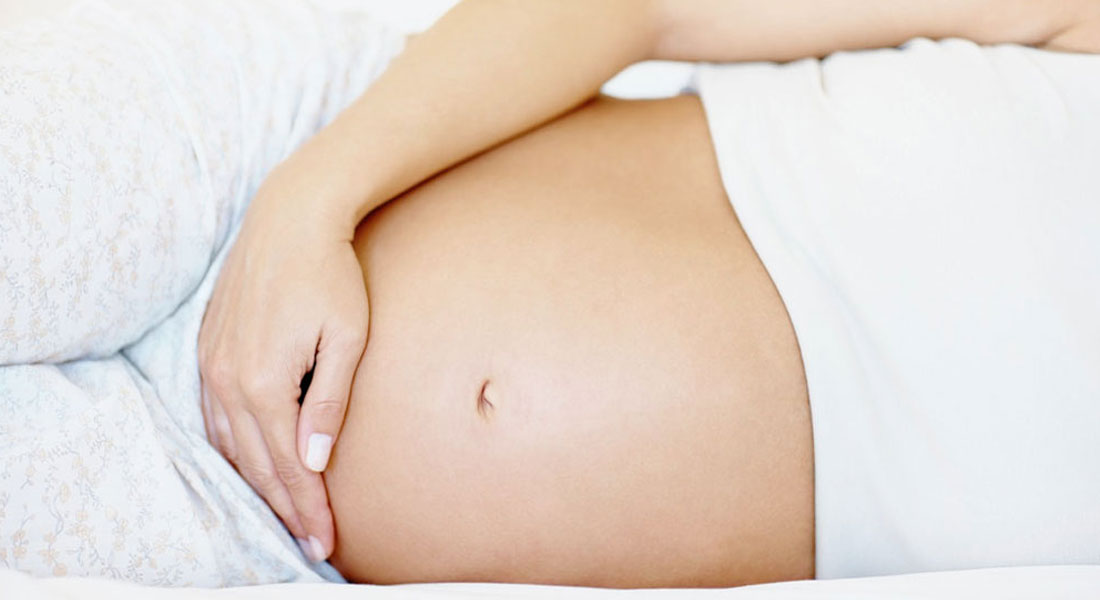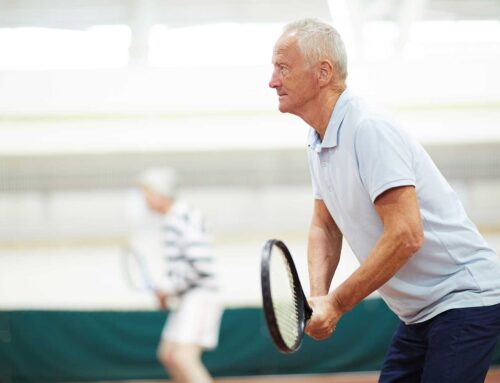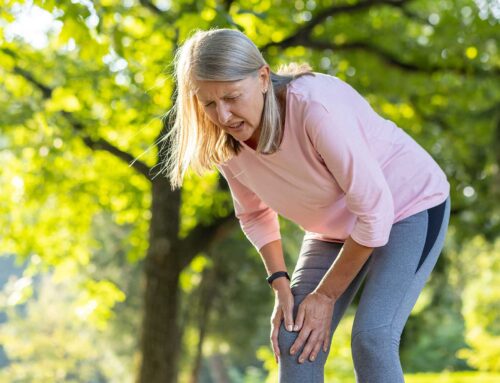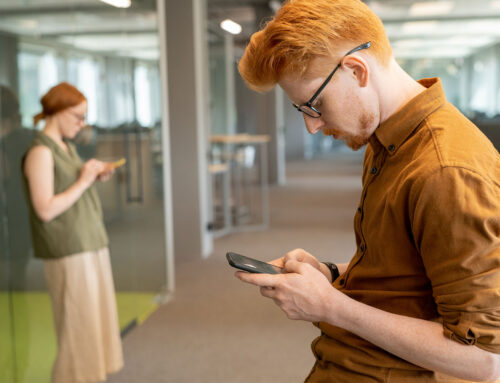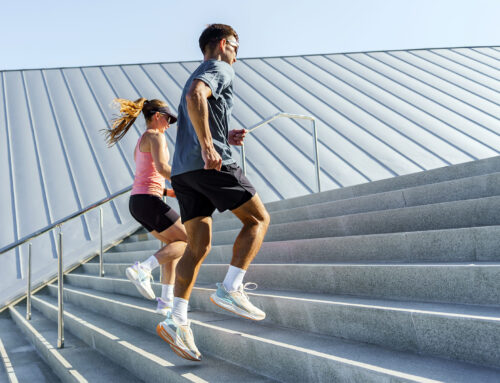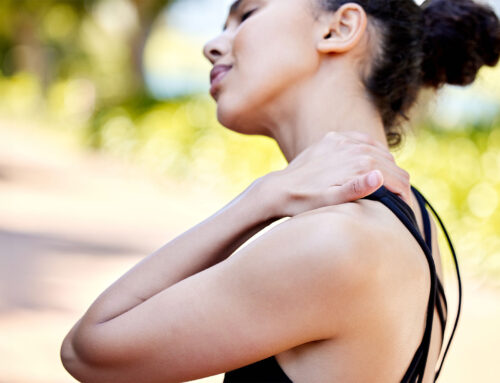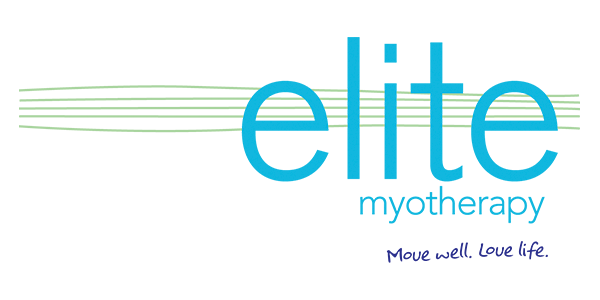Changes That Occur in a Women’s Body During Pregnancy?
A women’s body goes through significant change during pregnancy. There are many hormonal and physical changes with pregnancy which influence the bio-mechanics and posture for the women. These can lead to pain, injury or discomfort in the musculoskeletal system. Here is an outline of some of these changes relating to the muscular and skeletal system:
1 Musculoskeletal changes during Pregnancy
One of the most obvious changes in the pregnancy is alteration of the women’s body . Mechanical changes related to the weight of growing breast , uterus and Fetus, as well as an increase in lumbar lordosis, result in a shift in the women’s centre of the gravity , which may cause the problem with balance.
Other changes :
- Pregnancy weight gain between 9- 15 kgs.
- Stretching of abdominal muscles .
- Decrease in ligamentous tensile strength.
- Hypermobility of joints due to ligamentous laxity .
- Pelvic floor drops as much as 2.5 cm
- Posture – shoulder gridle becomes rounded , scapular protection, increase in cervical lordosis ,knee hyperextension, increase in lumbar lordosis , problems with balance- wider steps.
- Weight gain in pregnant women increases the workload on the body from any physical activity. This additional weight and gravity slow down the circulation of blood and bodily fluids, particularly in the lower limbs. As a result, pregnant women retain fluids and experience swelling of the face and limbs.
2.Postural Changes during Pregnancy
- The most obvious physical features in pregnancy influencing the women’s posture are the alterations in body mass and the consequent changes in the centre of gravity .
- The Myotherapist must place emphasis on directing and training women to ensure that their newly assumed posture does not overstress any body segment since the outcome of this could be fatigue , micro trauma and pain.
- There is tendency to an increased anterior displacement of the line of gravity.
- This natural tendency to anterior displacement may be counterbalanced by a number of options such as increased activation of gastrocnemius and soleus muscle , an active posterior displacement of the body ,extension of hip joint or posterior displacement of upper trunk.
- The mechanism that may be used to achieve an active posterior displacement of the body may include increase of the lumbosacral angle, and increase in lumbar curvature or a displacement of pelvic anteriorly and shoulder posteriorly , which may be reflected in greater degree of thoracic kyphosis .
3. Spinal Instability during Pregnancy
There are 3 Subsystems in our body :
- Control subsystem – neural feedback from various forces and motion transducers located in ligaments, tendon and muscles and neural control centres.
- Passive – vertebrae, facet articulation , intervertebral discs, spinal ligaments and joint capsules.
- Active – muscles and tendons surrounding vertebral column.
In pregnancy there is rapid change in passive subsystem, due to the change in circulating hormones. Possible cause for spinal instability is either increase Range of motion not restrained by the passive subsystem ( the neutral zone ) or a decrease control in this area by the active subsystem .In either situation, a portion of the normal range of the motion is not controlled and this may lead to increased shear forces, micro trauma and pain.
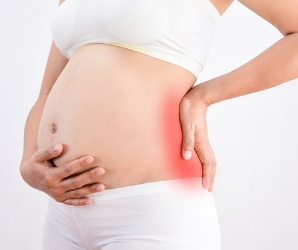
Is it Normal to Have Back Pain During Pregnancy?
Yes it is, and some of the causes are :
- Weight gain
- Rapid postural changes
- Vascular effects
- Previous history of back pain
- Repetitive lifting/ banding
- Pelvic insufficiency due to hormonal changes
3 major regions of complains are :
- Pain above lumbar region only
- Pain in lumbar region with or without radiation to one or both legs.
- Pain over the sacroiliac area sometimes with radiation to the legs.
Bio-mechanics of a Pregnant Women
Biomechanics includes the bones and muscles and how they work together to make the body move . The brain receives a continuous supply of information about the changing posture of the pregnant body and eventually accepts the altered arrangement and balance of body parts .Feedback from the skin, joints and muscles are involved in this process, By the end of the pregnancy , the brain has reconfigured its image of the body in balance.
The major changes that occur with respect to biomechanics include :
- The change in the centre of the gravity, as the baby grows in size during the second half of the pregnancy .The centre of gravity changes from the centre of the pelvis with surrounding body weight evenly distributed in all directions to a point forward and slightly up form the centre of the pelvis. The increased weight positioned forward of the pelvic midpoint causes forward gravitational pull.
- Movement of joints due to changes in weight distribution.
- Balance of muscle strength changes around the joint to accommodate the new weight distribution. To compensate for forward gravitational pull , the posture changes to maintain a balanced upright position .The back of the waist curves in, the top of the pelvis tilts forward and the curves in the upper spine increase . These changes put stress on muscle and joints.
- Spinal curve increase, placing a greater load on vertebrae.
- Joint laxity causes a greater risk for injury.
- Hormone changes (increased level of relaxin and elastin) that affect the looseness of ligaments and tendons make the joint more mobile. Although this helps with the birth of the baby, it can stress joints and muscles during movement.
- There can be more structural discomfort such as low back pain .
- There is increased potential for nerve root compression and blood vessel entrapment , such as sciatica and carpel tunnel syndrome.
What Happens to the Uterus and Uterine Ligaments During Pregnancy?
The uterine ligaments hold the uterus in place and undergo prolonged stretching during pregnancy .
The round ligaments attach the uterus to the pubic bone in the front and help maintain the uterus in the centre of the pelvis. Either a sharp pain or a dull ache near the hip joint is common when they are stretched upward.
The broad ligaments connect the uterus to the sacrum and are often involved with backaches during pregnancy . Pain in the lower back is the result of weak abdominal muscles , poor posture , and the weight of abdominal muscles pulling on the back ligaments .
What Happens to your Muscles during Pregnancy?
As the uterus enlarges the abdominal muscles are stretched .The top layer of the abdominal muscles are rectus abdominal muscles . They run from the rib cage to the pelvic bone. As the abdomen gets larger these muscles can separate . This abdominal separation is called diastasis and can lead to a loss of abdominal strength.
- Stretching of pelvic floor muscles .
- Some muscle will go for tightness and some will be lengthen.
- Overstretching and weakening of gluteal muscles and hamstrings ( buttocks and back of the leg )
- overstretching and weakening of abdominal muscles and pelvic floor muscles
- overstretching and weakening of upper back muscles ( shoulders forward )
- Shortening and tightening of hip flexor muscles .
- Shortening of upper back flexors and pectoral muscles ( chest caves in )
How Can Myotherapy Help During Pregnancy?
Myotherapist can provide you with pregnancy massage which can help with relaxation . This type of massage is an effective treatment used commonly throughout pregnancy. Relaxation massage techniques used during pregnancy massage can help to reduce emotions such as anxiety and stress, improve mood and promote muscle relaxation.
Hormones such as norepinephrine and dopamine are stress hormones which can be increased during pregnancy. Massage can be used to help reduce dopamine levels and improve mood. Changes in the hormone levels can also lead to fewer complications during birth and reduce complications with the newborn, such as low birth weight.
When muscles tighten, flexibility is reduced. Inflexibility affects range of movement and can lead to muscle injuries. Tight muscles can begin to pull the body out of neutral alignments which can cause long term problem. Massage helps treat tight muscles by increasing temperature of the soft tissues and improving circulation. Increased temperature relaxes the muscles and helps decrease tension that causes tightness.
Massage is a beneficial treatment to help treat acute aches and pains. During pregnancy, pressure is increased on the joints and can put stress onto the back, neck, shoulders and pelvis. Pregnancy also relaxes ligaments and tendons around joints making them less stable. Less stable joints change posture and begin to irritate soft tissues. Pain becomes apparent due to the added stress and changes to the body. Massage can help alleviate acute aches and pains by releasing endorphins and relaxing muscles.
Massage is beneficial to improve circulation. Edema or swelling in a joint can occur during pregnancy, often caused by reduced circulation. Reduced circulation causes increased pressure in the blood vessels causing excess fluid. Massage helps to reduce swelling by stimulating the blood around an area. Increased circulation helps reduce the collection of fluids in swollen areas. Massage also promotes the removal of tissue waste and drains fluid into the lymphatic system where it is removed from the body.
How can I book for Pregnancy Massage with a Myotherapist?
The easiest way to arrange a massage for pregnancy at Elite Myotherapy is to call us directly on 03 9826 2006 – or make an online booking with us here Myotherapy Online
Written by: Dragana Obradovic (Bach.HealthSci) (Senior Myotherapist)

